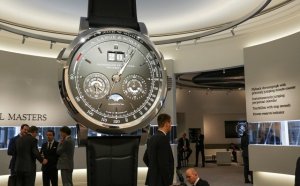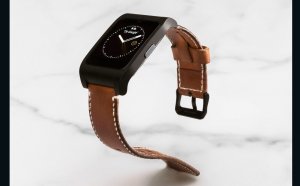
Quartz Used in Watches
Anecdotally, I've grown up learning that quartz was just a crystal that was easily accessible, and had a very accurate oscillation period useful for keeping time.
But for a more rigorous explanation, I turn to Wikipedia [1] (emphasis mine):
A quartz clock is a clock that uses an electronic oscillator that is regulated by a quartz crystal to keep time. This crystal oscillator creates a signal with very precise frequency, so that quartz clocks are at least an order of magnitude more accurate than good mechanical clocks. Generally, some form of digital logic counts the cycles of this signal and provides a numeric time display, usually in units of hours, minutes, and seconds. Quartz timekeepers are the world's most widely-used timekeeping technology, used in most clocks and watches, as well as computers and other appliances that keep time.Chemically, quartz is a compound called silicon dioxide. When a crystal of quartz is properly cut and mounted, it can be made to vibrate, or oscillate, using an alternating electric current; each oscillation, in turn, causes a voltage change across the crystal, which can be detected by a suitable electronic circuit. The frequency at which the crystal oscillates is dependent on its shape and size, and the positions at which electrodes are placed on it. If the crystal is accurately shaped and positioned, it will oscillate at a desired frequency; in clocks and watches, the frequency is usually 32, 768 Hz, as a crystal for this frequency is conveniently small, and as this frequency is a power of two and can easily be counted using a 15-bit binary digital counter. Once the circuit supplying power to the crystal counts that this number of oscillations have occurred, it increases the recorded time by one second. This property, of generating an electric current upon the application of mechanical pressure, and vice versa, is known as piezoelectricity (direct and converse). Such crystals were once used in low-end phonograph cartridges: the movement of the stylus (needle) would flex a quartz crystal, which would produce a small voltage, which was amplified and played through speakers.
Many materials can be formed into plates that will resonate. However, since quartz can be directly driven (to flex) by an electric signal, no additional speaker or microphone is required.
Quartz has the further advantage that its size does not change much as temperature fluctuates. Fused quartz is often used for laboratory equipment that must not change shape along with the temperature, because a quartz plate's resonance frequency, based on its size, will not significantly rise or fall. Similarly, a quartz clock will remain relatively accurate as the temperature changes.
[1]
RELATED VIDEO
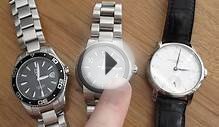
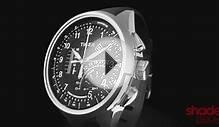
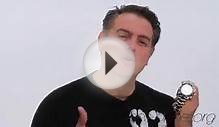
Share this Post
Related posts
Top Ten Watches in world
This year, the world s top watch manufacturers have turned to their rich heritage for inspiration, reinterpreting some of…
Read MoreLatest trends in watches
What you wear on your wrist isn’t as sensitive to seasonal shifts as your clothes. But that’s not to say men’s watches don’t…
Read More
